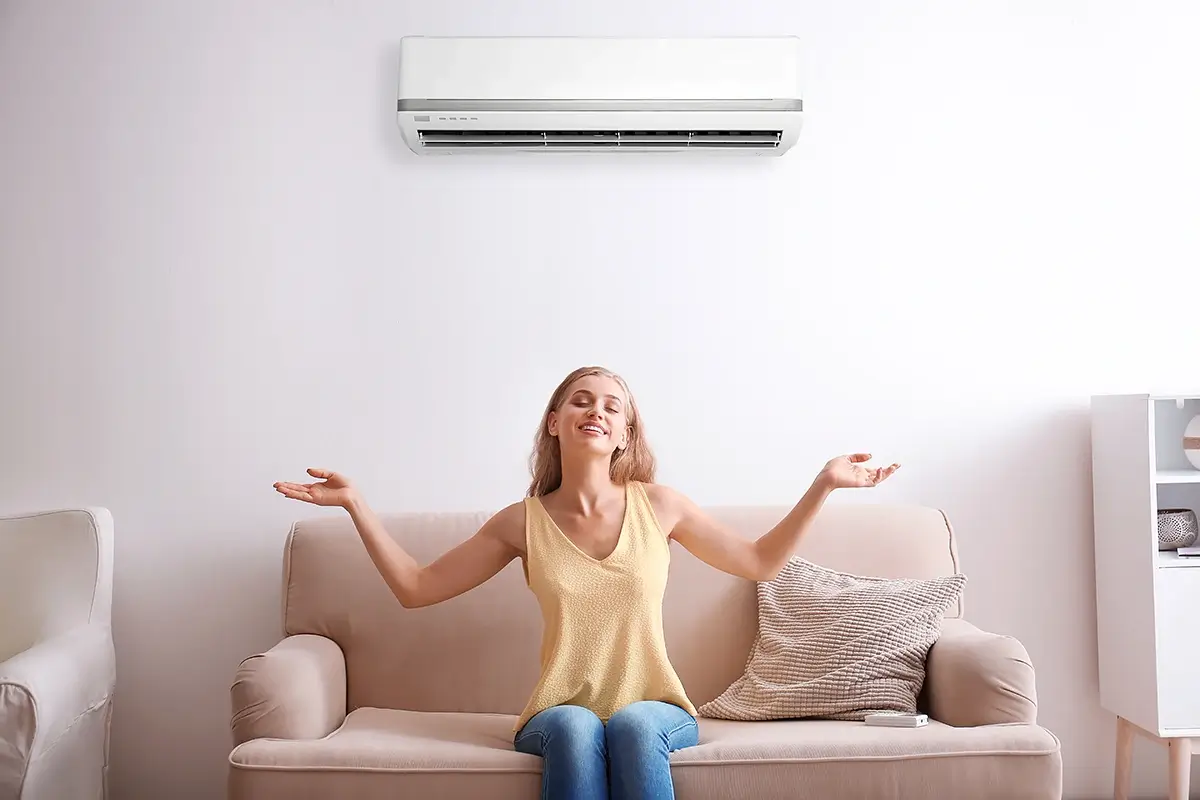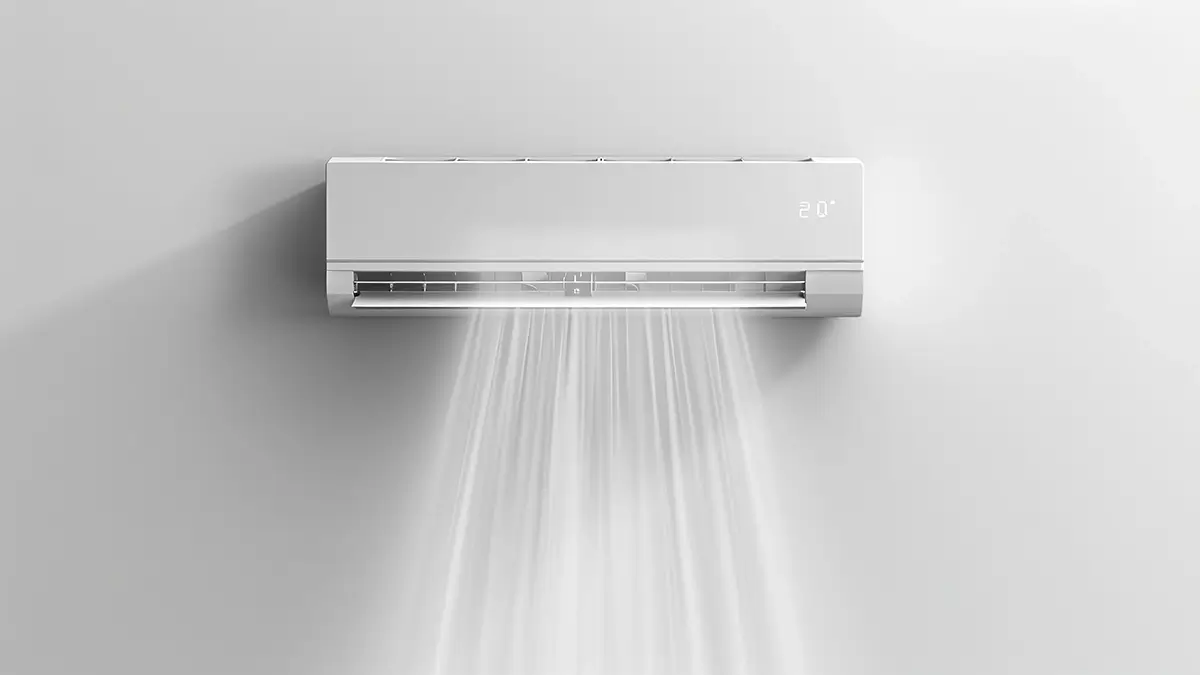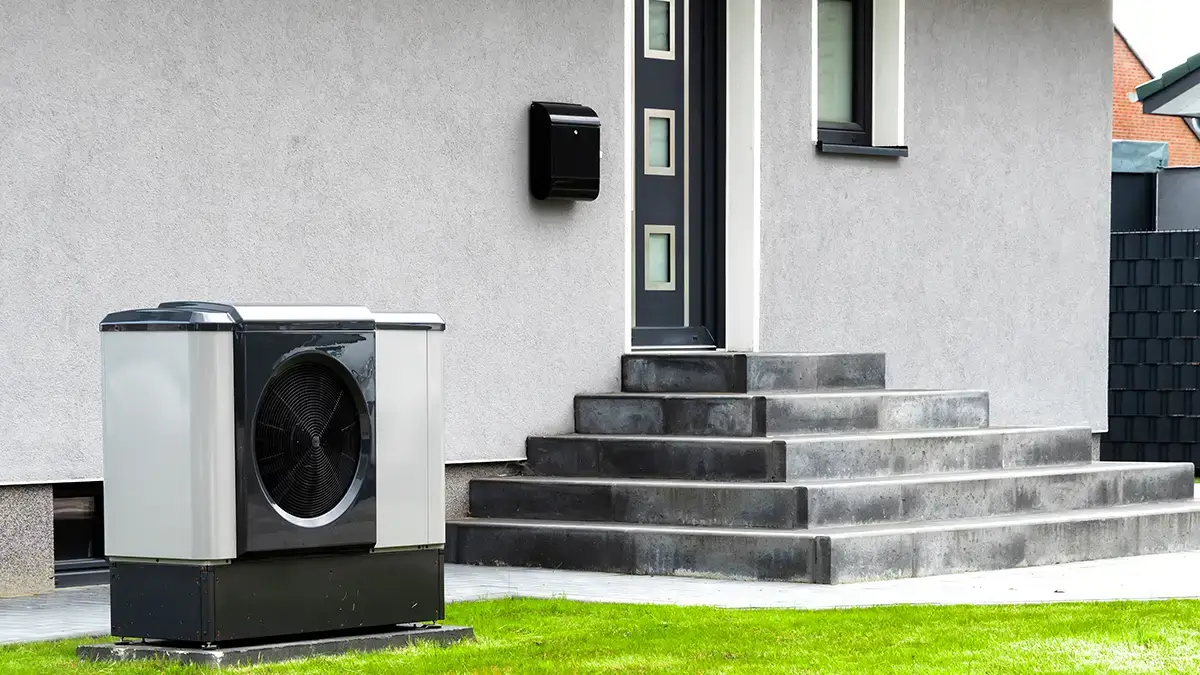
 Guide
Guide  Cold catalytic filter for air conditioning – what is it and how does it purify the air?
Cold catalytic filter for air conditioning – what is it and how does it purify the air? 
 Back
BackAir conditioners are not just devices that allow us to enjoy the optimal temperature in our homes, offices or restaurants. It is worth knowing that modern and regularly serviced equipment also improves air quality. This is due, among other things, to catalytic filters. Air conditioning then fulfils its basic function and at the same time allows you to enjoy pollution-free air. How does this happen? What is a catalytic filter responsible for? How is it different from a HEPA filter? We answer these questions!
A catalytic filter (also known as a cold catalyst) is used to purify the air flowing through an air conditioner. It is an advanced component of the entire filtration system that effectively reduces harmful substances. Firstly, it effectively acts on gaseous pollutants, converting them into water molecules and carbon dioxide. Secondly, the cold catalytic filter is responsible for breaking down microorganisms such as bacteria, fungi and viruses. Together with the HEPA filter, it ensures that the air is as clean as possible wherever the air conditioner is operating.
Cold catalytic filters do not require high temperatures to clean the air of gaseous pollutants. Filtration takes place through catalysis – a process that accelerates chemical reactions without the use of the catalyst itself, which is made of a precious metal (e.g. platinum, palladium or titanium).
The catalysis process is not complicated and can be described in three steps using the example of the FLY (KWX) wall-mounted air conditioner.
It is worth noting that catalysis itself is energy-efficient, as it does not require an additional energy source to carry out the chemical reaction.
The use of a cold catalytic filter in air conditioning is important not only for the well-being of users. It is also a way to increase the efficiency and durability of the device itself, so that it can take care of both our thermal comfort and the quality of the air we breathe for years to come.
KAISAI wall air conditioners ensure effective reduction of pollutants, thanks in part to a catalytic filter. What are the benefits of using it? First and foremost, it removes harmful bacteria, viruses and organic compounds from the air. Reducing the presence of pathogens also helps protect against microorganisms. In addition, the filter also removes unpleasant odours, which is particularly important in enclosed spaces where unwanted aromas can accumulate.
What about asthma caused by air conditioning? Devices equipped with purifying filters will also be beneficial for people struggling with allergies or respiratory diseases. Clean air and the ability to control the temperature and humidity in your home will help reduce the symptoms that asthmatics struggle with on a daily basis.
Effective filtration also extends the life of the air conditioner. Significantly less pollution enters its internal components, allowing the device to work even more efficiently.
A cold catalytic filter does not need to be replaced frequently, as it works by chemical catalysis rather than physical particle interception. The catalyst, made of a precious metal, does not wear out in the same way as standard filter components.
However, it is important to remember that this type of filter should be cleaned periodically. It is also recommended to check its condition regularly to ensure that it is still working effectively. This is why it is important to have your air conditioning serviced regularly by professionals.
Why is a catalytic filter not the only filtration component in modern devices? Air conditioning uses several components to provide comprehensive protection against microorganisms and ensure the highest air quality. The use of several filters also allows for a variety of user needs to be met.
There is a strong correlation between air conditioning and allergies – advanced purification is needed to keep the air free of pollen. In places where there are strong odours (e.g. restaurants), chemical filtration also plays an important role. This is why modern air conditioners – in addition to a Bio HEPA filter – also have a cold catalytic filter. What is the difference between them?
The first one – the HEPA filter – works by physically capturing particles. It has a dense mesh of fibres that traps pollutants such as pollen, dust mites and other allergens. The catalytic filter, on the other hand, uses a catalytic process to accelerate chemical reactions, effectively eliminating gaseous pollutants and microorganisms.
It is also worth noting that the HEPA filter itself does not neutralise unpleasant odours, so combining it with the second type of filter will bring optimal results – not only in restaurants or laboratories, but above all in homes and flats.
***
Equipping an air conditioner with an additional catalytic filter will not only increase the efficiency of the device. This modern component will allow for even more effective reduction of pollutants, ensuring that the air we breathe indoors is of the highest quality.





